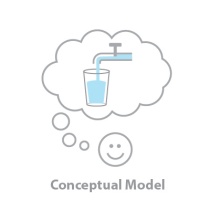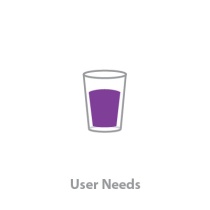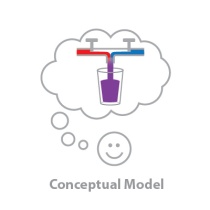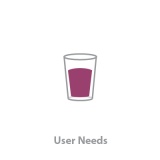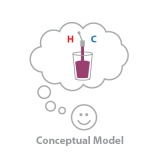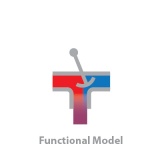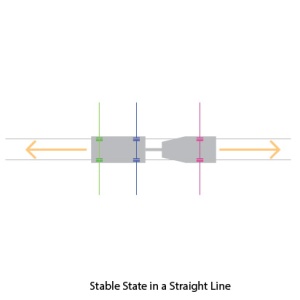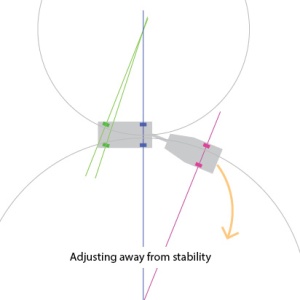When I was nine, I built something of a modernist mansion out of Legos. It had an open floor plan with a staircase to the second floor in the middle. Now that I think about it, that kinda describes the house I live in now. Anyway, I scoured my collection of Legos for as many windows as possible. That wasn’t easy. Lego kept things pretty basic back then and blocks with angles or clear plastic were super rare. This took serious time and concentration. I added some furniture, sealed the roof down, and opened the front door for the new occupants.
It was early summer and tiny frogs were emerging from stagnant water next to a storm drain a nearby stream. I went down to the stream (work with me here) and captured about five penny-sized frogs, (toads, ok) brought them home in a butter tub, (right, I know, not really butter either) and put them in the Lego house. This involved more jumping out than I had anticipated.
When I finally got them all in, I carefully sat the house down in happy anticipation of the joy these frogs would have exploring their new home. I wished so hard that I could be a froglet (yeah, that’s a word – look it up) inside that awesome house. I would look out the windows, sit on the couch, but most importantly I would run up the stairs and discover the whole second floor.
There is a feeling I am thinking about. Anyone who has presented a home cooked gourmet meal to a four year old who only likes bread and ketchup knows this feeling (see below). That feeling when you have worked very hard to make something wonderful, and that wonderful thing is rejected. Pearls before swine, you might think. It is more than a disappointment. It is an offense.
It is in the nature of the creative person to make things in happy anticipation of their debut. It think it’s necessary, even when making art for hire, to tap into your own desire. You have to look at the blank page and wish for something there. If you don’t like it, how can you expect anyone else to?
So when the frogs just sat there. I had that feeling.
Motivated reasoning builds an explanation after having an emotional reaction to facts. Our brains, by design, process emotions faster than logic. Logic, late to the game, has to operate in the atmosphere of that bias. So I decided the frogs were idiots. Stupid idiots.
Temperamental architect that I was at the age of nine, I wasn’t homicidal. Or whatever the word is for frog-killer. I gave them (and me) some time to think about it, and returned them to the pond.
That pause is crucial to giving logic an advantage over emotion. If you can isolate how you feel about the facts before figuring out what is happening, you have better chance at reaching a rational conclusion and creating an effective solution.
Last week I had some designs in usability testing. I had made a decision to add one or two clicks to a process in the service of clarity, and clarity was successfully achieved. Users knew what to do and the design was hailed as a success. But I heard a few users call out the extra clicks. “You put an extra step in here. It’s going to take longer.”
Time to take apart the frog house.


